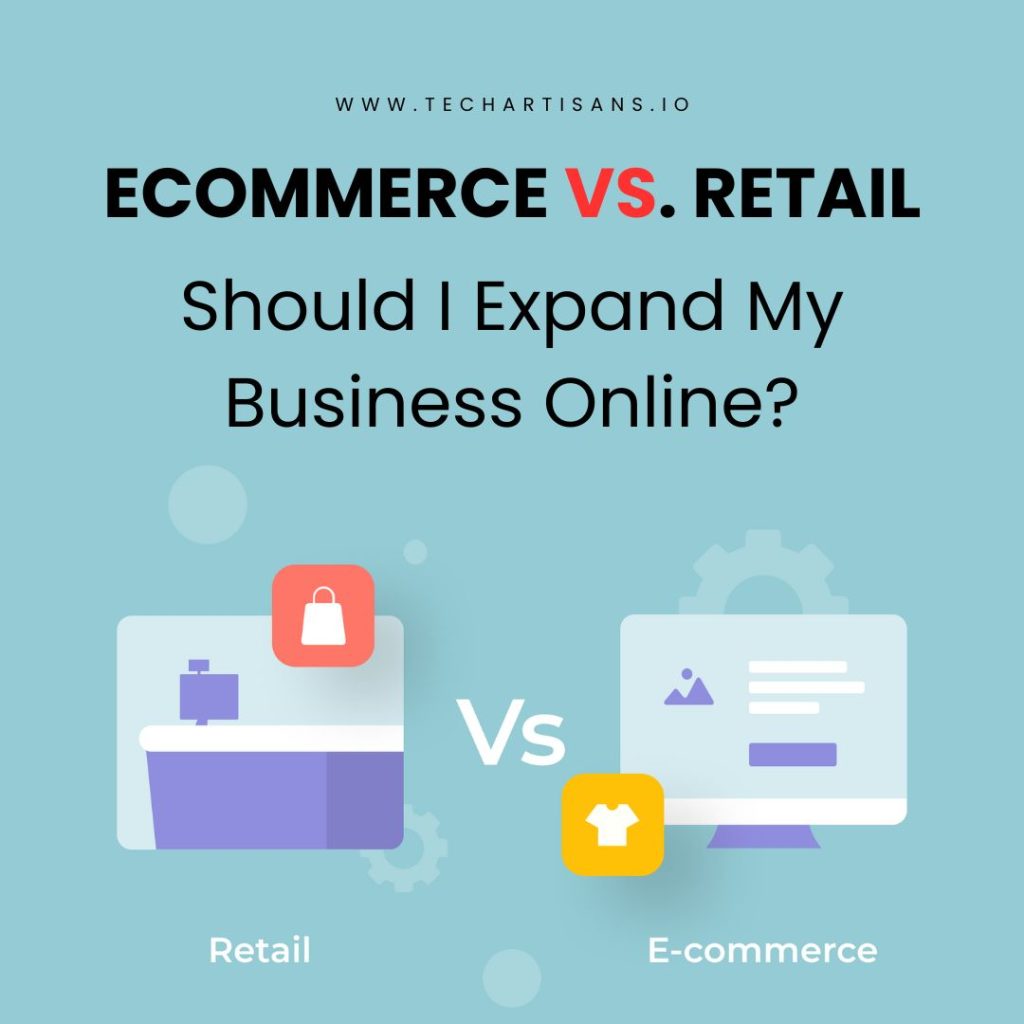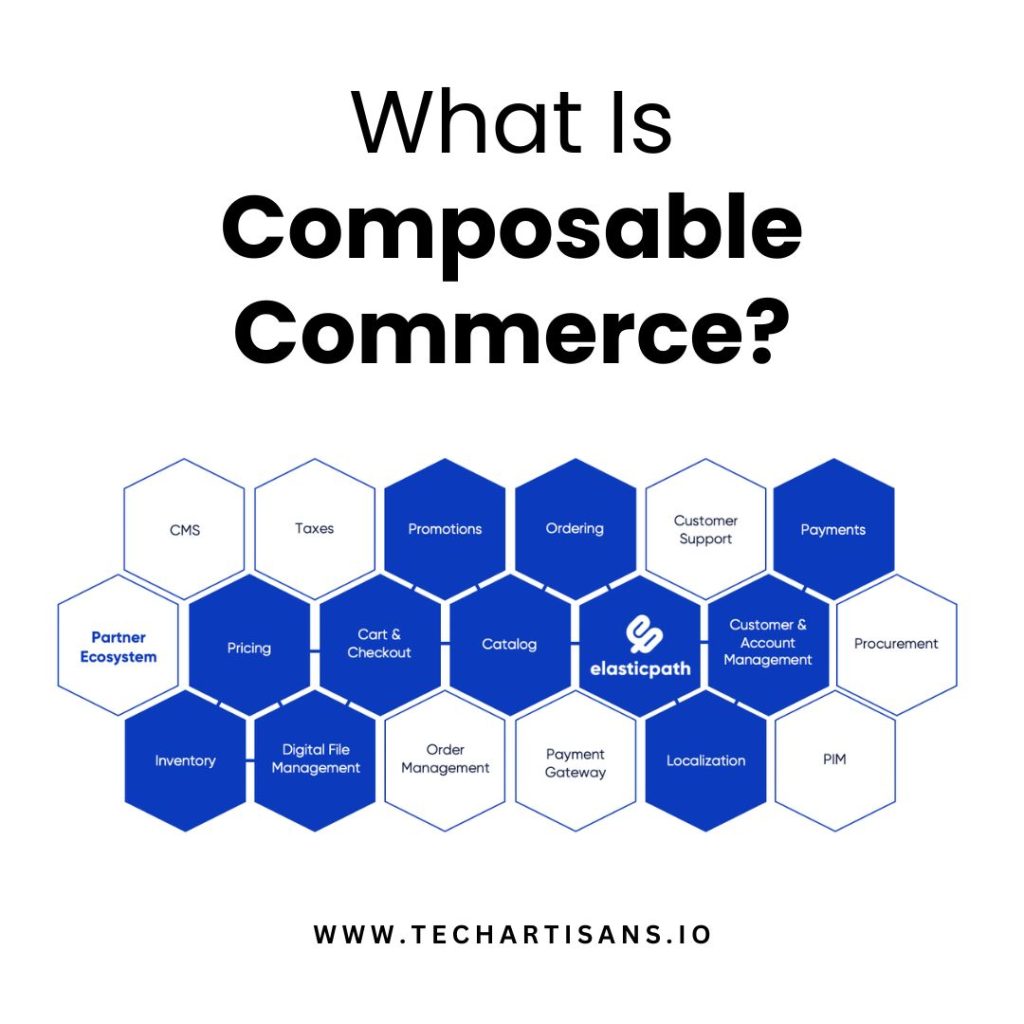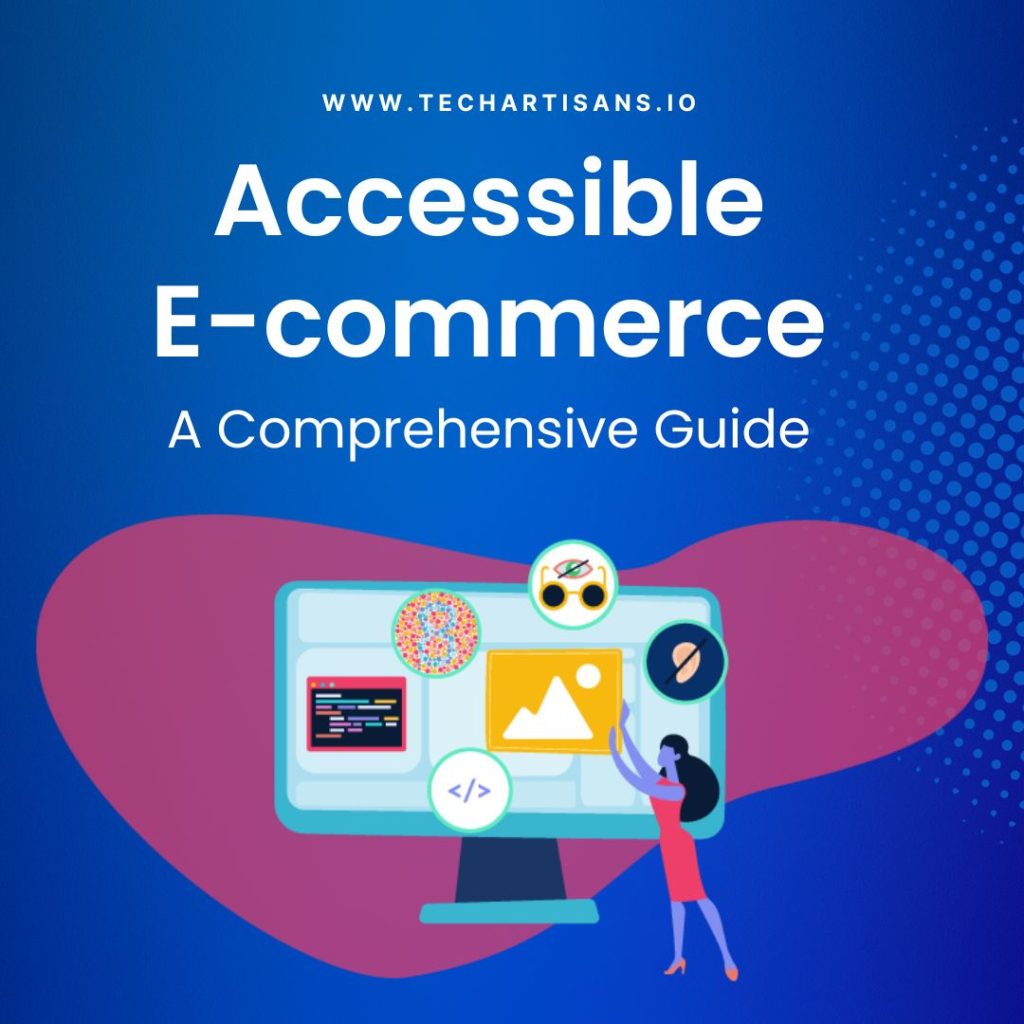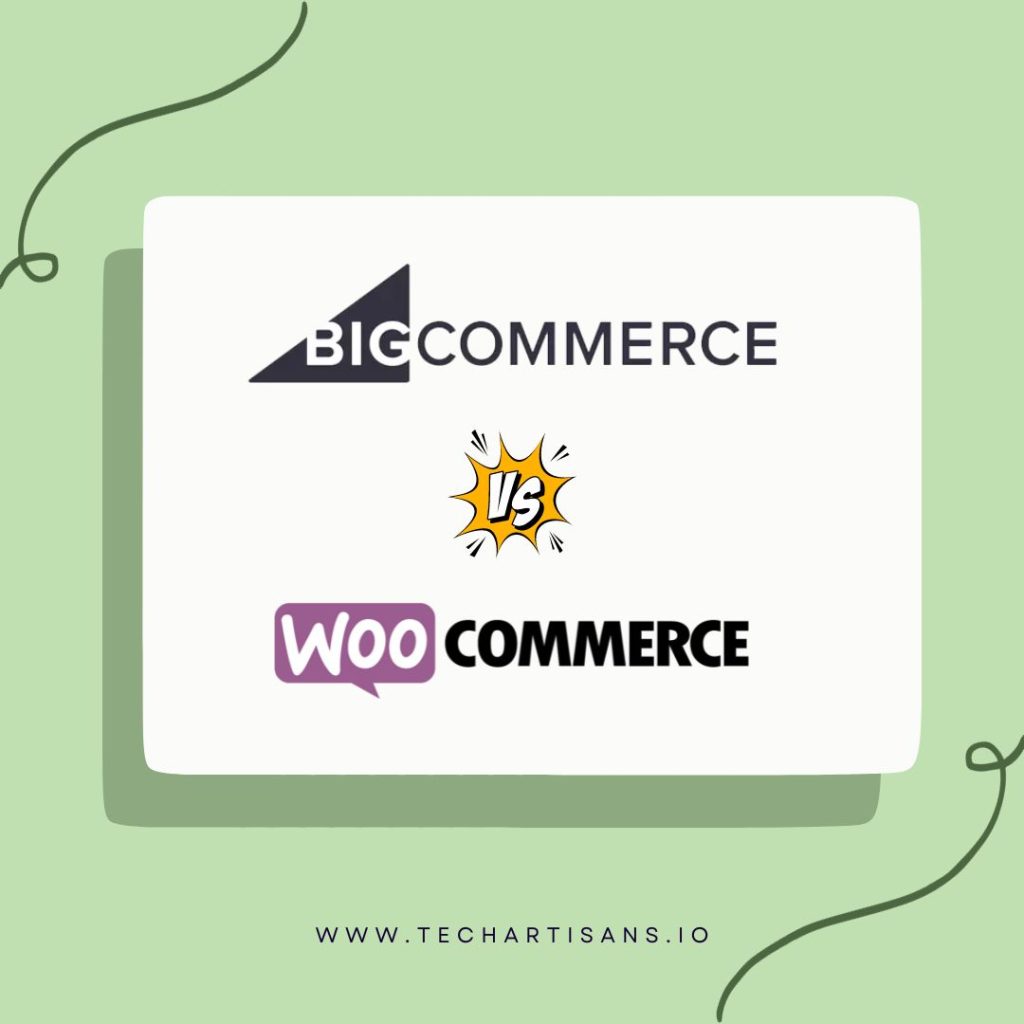As a small to medium-sized business owner, understanding the latest web design trends for e-commerce websites is essential. A good e-commerce site can enhance your online presence, attract customers, and increase sales. Keeping up with website design trends is vital in the ever-changing digital world to stay competitive. Effective e-commerce design not only improves user experience but also shapes how your brand is seen. So, it’s more than looks; it’s a crucial business strategy.
Web Design Trends for E-Commerce Websites
Let’s explore the evolving world of e-commerce through the lens of emerging website design trends.
Significance of E-commerce Web Design
E-commerce web design is pivotal, shaping the online shopping experience by seamlessly blending aesthetics and functionality. It not only attracts customers with visually appealing interfaces but also ensures a user-friendly journey that maximizes conversion rates.
Influence on Store Credibility
A well-crafted e-commerce web design significantly influences store credibility, instilling trust in visitors through intuitive navigation, polished aesthetics, and a seamless user experience. The visual appeal and functionality of the site play a pivotal role in establishing a positive perception and encouraging customer confidence.
First Impressions and Customer Perceptions
In the realm of e-commerce, first impressions shaped by web design directly impact customer perceptions. A visually appealing and user-friendly interface establishes trust, influencing how customers perceive and engage with your online store from their initial interaction onward.
Core Principles of E-commerce Web Design
Let’s first delve into the core principles of e-commerce web design, the foundational rules that guide the creation of an effective, user-friendly, and conversion-optimized site.
Designing for User Experience
In e-commerce web design, the key is making user experience a top priority. A smooth experience makes customers happy, increases conversions, and builds loyalty. To achieve this, focus on intuitive navigation, fast loading times, and responsive design for various devices. These aspects turn visitors into customers.
Matching Brand Identity
Your e-commerce site design must consistently mirror your brand identity. It’s not just looks; it’s about infusing your values and message into every element, like colors, logos, fonts, and images. A unified brand identity throughout your site boosts recognition, builds trust, and creates a sense of customer familiarity.
Staying Updated With Design Trends
Keeping up with e-commerce web design trends is crucial in the fast-changing digital world to stay relevant, engaging, and competitive. These trends cover aesthetics, functionality, and user experience, and by using them, you can give your website a fresh, modern look, improving user engagement and boosting conversions.
Emerging E-commerce Design Trends
Let’s explore the emerging e-commerce website design trends that are set to reshape the digital landscape.
Interactive Layouts and Dynamic Pages
E-commerce web design is shifting towards interactive layouts and dynamic pages that engage users with animations and immersive experiences. These features make navigation easier and enhance user engagement, leading to longer browsing times and higher conversion rates.
Interactive layouts not only look good but also improve user-friendliness and product accessibility. For more insights on how interactive layouts and dynamic pages can enhance e-commerce websites, explore Latest Web Design Trends.
Data-driven Product Recommendations
E-commerce web design now uses data-driven product recommendations, offering personalized suggestions based on customer behavior and history. These recommendations enhance the shopping experience, boost engagement, and drive conversions, making customers feel valued and understood. It’s a game-changing trend for your e-commerce strategy. Learn how data-driven product recommendations are revolutionizing e-commerce by visiting Most Important Web Design Trends to Know.
Personalized Digital User Experiences
E-commerce websites are now all about personalized user experiences, where the browsing and shopping process is tailored to each user’s preferences and behavior. This personal touch boosts engagement and satisfaction, making customers feel valued and connected to the brand.
Plus, it streamlines shopping by showing users relevant products, increasing the chances of conversions. For a deeper understanding of personalized user experiences in e-commerce, check out What Are the Emerging Web Design Trends.
Rise of Social Commerce
Social commerce is a new web design trend where e-commerce is built into social media platforms. Users can shop without leaving their favorite social sites, making it convenient. Businesses using social commerce reach more people, engage customers, and drive more sales, creating customer-centric shopping experiences within social interactions.
With growing social media use, including it in your web design sets you apart in e-commerce. Gain insights into how social commerce is being integrated into web design by reading Web Design Trends for E-Commerce.
Essential Features for Modern E-commerce Sites
The following are some essential features that modern e-commerce sites must incorporate to enhance user engagement, improve customer experience, and ultimately drive business success.
Incorporating Customer Reviews
Customer reviews are essential in e-commerce web design, serving as social proof that builds trust and influences purchases. Positive reviews validate product quality, while negative ones offer feedback for improvement. Plus, they help with SEO by adding user-generated content with relevant keywords to your site.
Simplifying the Checkout Process
Streamlining the checkout process is a top e-commerce trend. It involves simplifying the steps, keeping the interface clean, and offering secure payment options to reduce cart abandonment and improve customer satisfaction, making transactions quick and efficient. To learn about simplifying the checkout process in e-commerce web design, visit Web Design Trends for Small Businesses.
Incorporating Trust Signals
Incorporating trust signals is a crucial web design trend for e-commerce sites. Trust signals can include security badges, certifications, testimonials, and guarantees that instill confidence in customers and assure them of the site’s credibility and reliability. They can significantly enhance the site’s reputation, boost customer trust, and, consequently, increase conversion rates.
Professional Photos and High-quality Images
Professional photos and high-quality images are vital in e-commerce web design trends. They provide a visually appealing and realistic representation of products, enabling customers to make informed buying decisions. High-resolution images improve the aesthetic appeal of your site, enhance user experience, and increase engagement. Discover the importance of professional photos and high-quality images in e-commerce websites at Most Popular Web Design Trends.
Contact Info and Store Policies
Clear contact information and store policies are essential to e-commerce website design trends. Transparently providing contact details, such as phone numbers, email addresses, and physical locations, instills customer confidence and facilitates easy communication. Additionally, clearly outlined store policies regarding returns, refunds, and shipping give customers a clear understanding of what to expect and help to build trust in your e-commerce business.
Technical Certifications for Security
Technical certifications for security are pivotal in today’s e-commerce web design trends. They denote that your site adheres to stringent security standards, thus securing customer data and transactions. Certifications such as SSL (Secure Socket Layer) provide encryption for sensitive data and instill customer confidence, reducing cart abandonment rates. Understand the role of technical certifications like SSL for e-commerce sites by reading Future of Web Design Trends.
Designing for SEO
Let’s delve into the fundamental principles of designing an e-commerce website with SEO in Importance of SEO in E-commerce Design
SEO is crucial in e-commerce design, as it boosts visibility, organic traffic, and the ease of finding your products and services online, ultimately increasing conversions and revenue while enhancing the user experience.
Explore how SEO principles can be incorporated into web design, especially for e-commerce sites, at “How to Master SEO – All Steps.
Tips for Optimizing Design Elements
To optimize your design for search engines, follow these tips: name your pages clearly, use alt-tags for images, create an easy-to-navigate sitemap, and strategically include keywords in elements like headlines and meta-descriptions to improve SEO performance.
Advantages of Using Platforms like BigCommerce
BigCommerce, a leading e-commerce platform, offers many advantages for businesses seeking to establish and scale their online presence. Let’s delve into the pivotal benefits that BigCommerce brings to the table for e-commerce businesses.
Aesthetics Combined with Utility
BigCommerce emphasizes the importance of balancing aesthetics with utility in e-commerce web design. The platform offers eye-catching templates that don’t compromise on functionality. This ensures that your online store is not only visually appealing but also user-friendly and optimized for conversions, adhering to the latest web design trends.
Customization Opportunities
BigCommerce offers robust customization options that enable businesses to tailor their e-commerce websites to their specific needs. From altering templates and designing unique landing pages to customizing checkout processes and integrating APIs for enhanced functionality, BigCommerce paves the way for a personalized, customer-centric web design trend.
Ease of Use and Scalability
BigCommerce stands out for its user-friendly interface and scalability. The platform makes it easy for businesses to set up and manage online stores without requiring technical expertise. Furthermore, as your business grows, BigCommerce seamlessly scales with you, accommodating increased traffic and sales while ensuring consistent performance.
Integrated Payment Processing
Integrated payment processing is a crucial feature that BigCommerce offers. It supports various payment gateways, facilitating seamless and secure transactions. This not only provides customers with flexibility in their payment methods but also assures them of their financial data’s safety.
Real-world E-commerce Design Examples
As we explore the importance of web design trends in creating an effective e-commerce platform, it’s equally insightful to consider real-world examples. Let’s delve into these illustrative instances of e-commerce web design excellence.
Amazon
Amazon is a shining example of e-commerce web design done right. With a clean, intuitive interface, Amazon ensures a seamless shopping experience. From categorized product listings, advanced search filters, and personalized recommendations to clear product images and descriptions and user reviews, Amazon has taken user experience to an entirely new level.
ASOS
ASOS, a popular fashion and beauty store, has capitalized on mobile optimization. With a mobile-first approach, ASOS offers an excellent shopping experience on smaller screens. The site’s responsive design ensures easy navigation, clear product display, and a seamless checkout process, contributing significantly to the site’s high conversion rates.
Etsy
Etsy, a marketplace for handmade goods, effectively utilizes customer reviews to build trust and influence purchasing decisions. By showcasing product reviews prominently, Etsy validates product quality and provides a platform for customer feedback, creating a community-like shopping experience.
Zappos
Zappos, an online shoe and clothing retailer, has mastered the simplified checkout process. With a clean, intuitive interface, reduced steps to purchase, and various secure payment options, Zappos minimizes shopping cart abandonment and enhances customer satisfaction.
Warby Parker
Warby Parker, an online eyewear retailer, prominently displays trust signals like security badges, testimonials, and guarantees. These elements reassure customers about the site’s credibility, thus boosting customer trust and increasing conversion rates.
Glossier
Glossier, a beauty products retailer, places a strong emphasis on professional photos and high-quality images. Their site uses visually appealing, realistic product representations that enable customers to make informed buying decisions and increase site engagement.
Shopify
Shopify, an e-commerce platform for online stores and retail POS systems, takes security seriously. With certifications like SSL prominently displayed, Shopify assures users that their data and transactions are secure, fostering customer loyalty and reducing cart abandonment rates.
Common Mistakes to Avoid in E-commerce Design
In optimizing your e-commerce website with the latest web design trends, it’s crucial to navigate carefully, avoiding common pitfalls that could hamper user experience and deter potential customers. Here are some common mistakes you should avoid in e-commerce design:
Overcomplicating Design
Don’t overcomplicate your e-commerce website with too many elements like excessive colors, fonts, animations, or dense text. Simplicity is vital for effective web design. A clean and intuitive design improves the user experience, making navigation easy and boosting conversions.
Ignoring Mobile Users
Neglecting mobile users is a big mistake in the digital age when many shop on mobile. A mobile-friendly e-commerce site is essential to provide a better user experience, prevent high bounce rates, and avoid missing out on sales. It’s not just a trend; it’s a necessity in modern web design.
Not Integrating Social Proof
Not integrating social proof is a common mistake in e-commerce website design. Social proof, such as customer reviews and testimonials, builds consumer trust and informs purchase decisions. Businesses must incorporate social proof to ensure enterprises get all the powerful tools that validate their products and services, thus risking lost sales and customer engagement.
Conclusion
Staying updated with the latest e-commerce Conversations is not just about aesthetics; it’s a strategic move that can significantly affect your business’s online success. Good design improves user experience, increases conversions, and strengthens your brand’s online presence. Investing in quality e-commerce web design as a business owner is a smart move for long-term success. Stay updated on web design trends and adapt your design strategy to keep your e-commerce site competitive in today’s dynamic digital marketplace.







